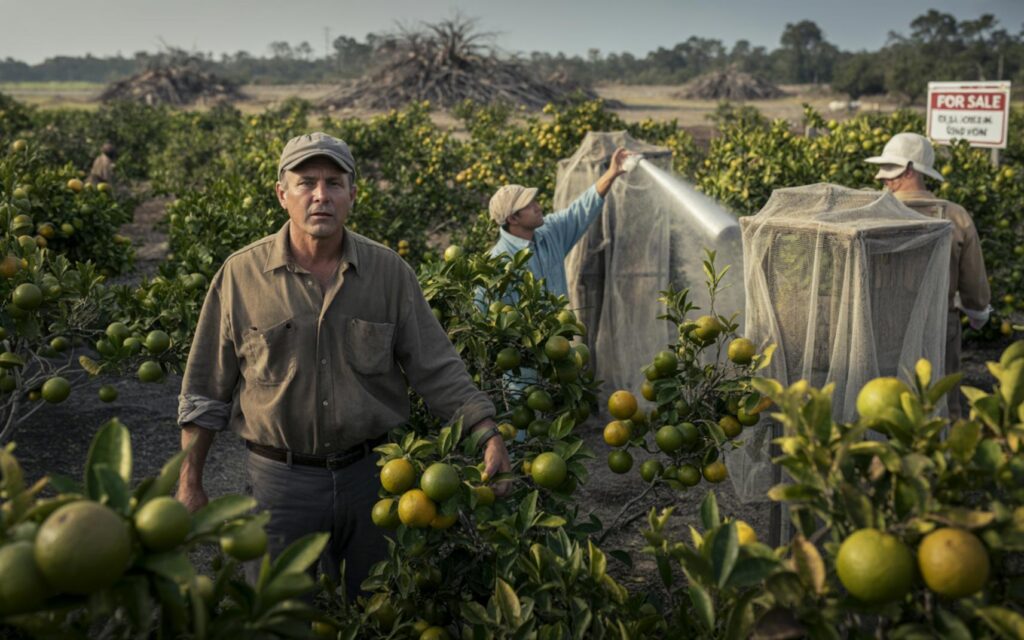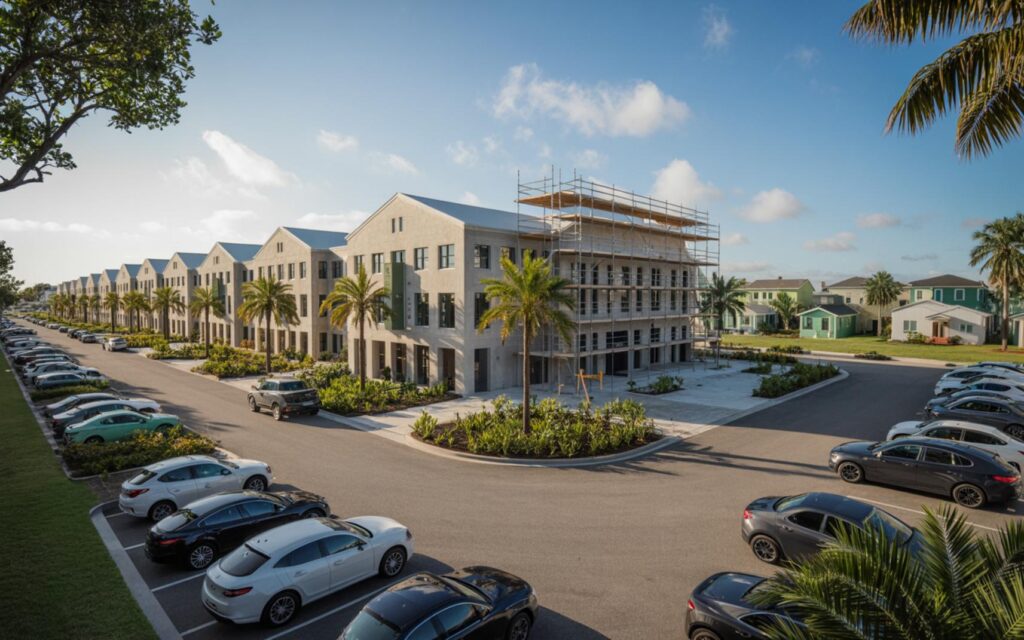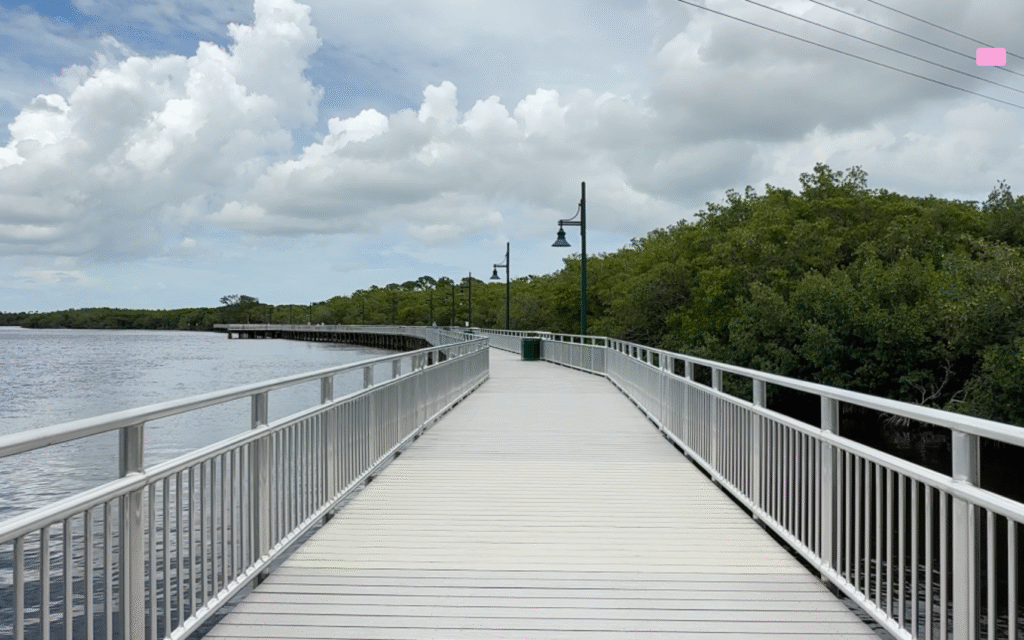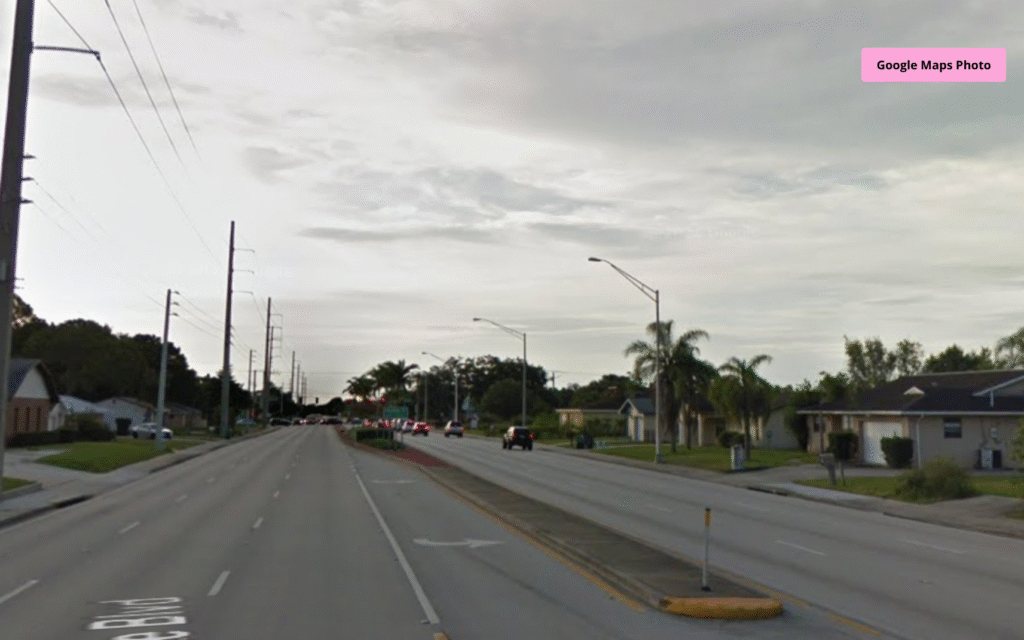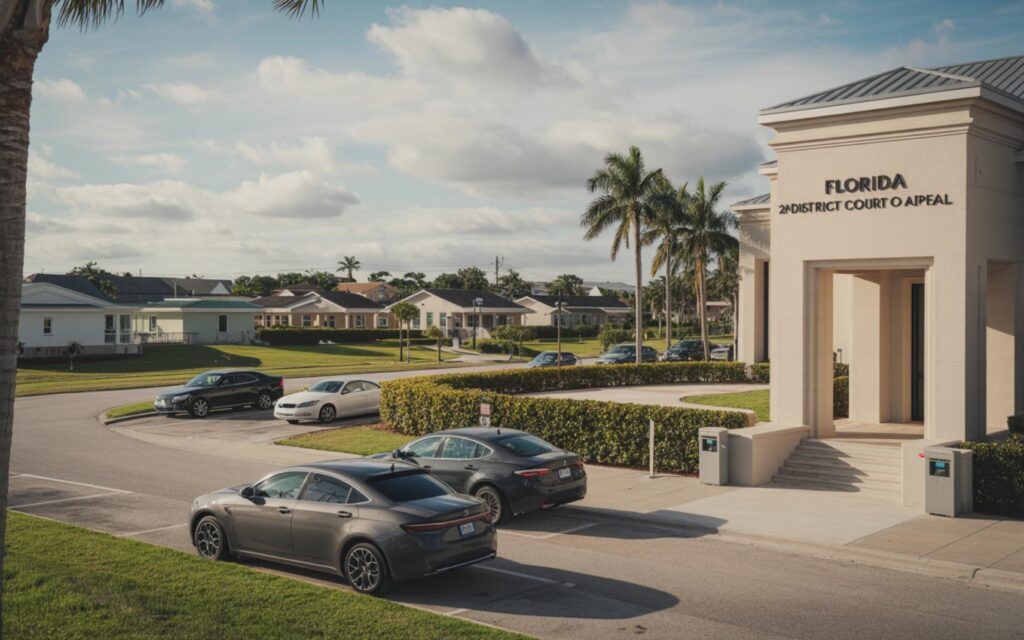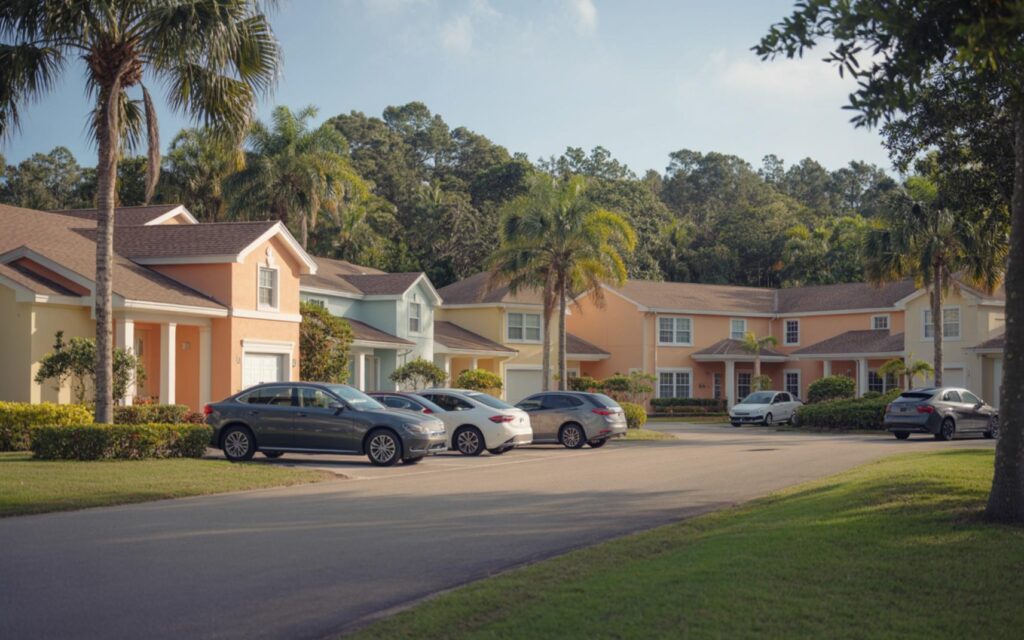Citrus greening, also known as Huanglongbing (HLB), continues to threaten the grapefruit industry on the Treasure Coast, causing significant declines in fruit production and economic losses for growers.
Impact of Citrus Greening on Treasure Coast Citrus Groves
Citrus greening is a bacterial disease spread by the Asian citrus psyllid. According to the Florida Department of Agriculture and Consumer Services, this disease has severely impacted grapefruit and other citrus crops throughout the Treasure Coast and the rest of Florida.
The disease causes trees to produce small, misshapen, and bitter fruit. Over time, yields are reduced, and infected trees eventually die. The long-term effects have been especially pronounced in St. Lucie County and surrounding areas, where citrus has historically been a key agricultural industry.
Sharp Decline in Florida Grapefruit Production
Florida’s citrus production has experienced a dramatic decline over the past two decades. According to the United States Department of Agriculture, the number of citrus-bearing acres in the state has dropped by more than half. In the 2022-2023 season, Florida produced only about 2 million boxes of grapefruit, a significant decrease from previous decades.
The overall value of Florida’s citrus crop fell by 61% compared to the prior year. The 2022-2023 season was particularly challenging due to the combined impact of citrus greening and hurricanes, which caused widespread fruit drop and further reduced yields.
Florida’s Changing Role in National Citrus Production
Florida was once the leading citrus producer in the United States. However, according to the USDA, the state now accounts for only about 17% of national citrus production. California has surpassed Florida and currently produces the majority of the nation’s citrus fruit.
This shift has been driven by the ongoing spread of citrus greening, increased production costs, and additional challenges such as severe weather and competition from other regions.
Rising Costs for Citrus Growers
The cost of production for grapefruit growers on the Treasure Coast has increased significantly. According to industry reports, growers must apply pesticides more frequently and use additional nutritional supplements to support infected trees. These measures raise expenses and make it harder for smaller operations to remain profitable.
Despite these efforts, there is currently no cure for citrus greening. Most commercial citrus trees in Florida are already infected, limiting options for reversing the decline in production.
Research and Potential Solutions for Citrus Greening
Research efforts are ongoing to address the threat of citrus greening. According to the University of Florida Institute of Food and Agricultural Sciences, scientists are developing disease-tolerant and resistant citrus varieties. Some experimental hybrids and genetically engineered solutions have shown promise in trials but are not yet widely adopted in commercial groves.
Other strategies, such as mixed-species cover cropping and improved cultural practices, can help trees survive longer and maintain acceptable fruit quality. However, these approaches are not complete solutions and do not fully restore lost yields.
Experimental Citrus Varieties and Biological Control
Researchers are also exploring biological control methods to reduce the population of Asian citrus psyllids. These efforts include introducing natural predators and using beneficial insects. While some progress has been made, these techniques are still in development and have not yet provided a comprehensive solution for the Treasure Coast’s citrus industry.
Additional Challenges Facing the Grapefruit Industry
The spread of citrus greening is not the only challenge for grapefruit growers on the Treasure Coast. Hurricanes have caused significant damage to groves, resulting in fruit loss and long-term tree stress. Residential development has reduced the amount of available agricultural land, and foreign competition has increased pressure on local producers.
According to industry analysts, these factors combine to threaten the long-term viability of the grapefruit industry in the region. Without effective management strategies or the widespread adoption of resistant varieties, the future remains uncertain.
Outlook for Treasure Coast Citrus Growers
Some industry observers express cautious optimism due to recent research breakthroughs. However, recovery is expected to be slow and uncertain. The grapefruit industry on the Treasure Coast continues to face significant obstacles as it adapts to the ongoing threat of citrus greening and other external pressures.
Frequently Asked Questions About Citrus Greening on the Treasure Coast
What is citrus greening and how does it affect grapefruit trees?
Citrus greening is a bacterial disease spread by the Asian citrus psyllid. It causes grapefruit trees to produce small, bitter fruit and reduces overall yields, eventually killing the trees.
How much has grapefruit production declined on the Treasure Coast?
Grapefruit production in Florida, including the Treasure Coast, has dropped by about 93% over the past two decades, according to the USDA. The number of citrus-bearing acres has also fallen by more than half.
Are there any effective treatments for citrus greening in Port St. Lucie?
There is currently no cure for citrus greening. Most commercial citrus trees in Port St. Lucie and the Treasure Coast are already infected, and management focuses on slowing the spread and supporting tree health.
Can you grow disease-resistant citrus varieties on the Treasure Coast?
Researchers are developing disease-tolerant and resistant citrus varieties. Some experimental hybrids show promise, but these are not yet widely used by commercial growers in the region.
Where are the main grapefruit-growing areas on the Treasure Coast?
The Treasure Coast, including St. Lucie County and surrounding areas, has historically been a major grapefruit-producing region in Florida. Many groves remain, but the number has declined due to citrus greening and other challenges.

